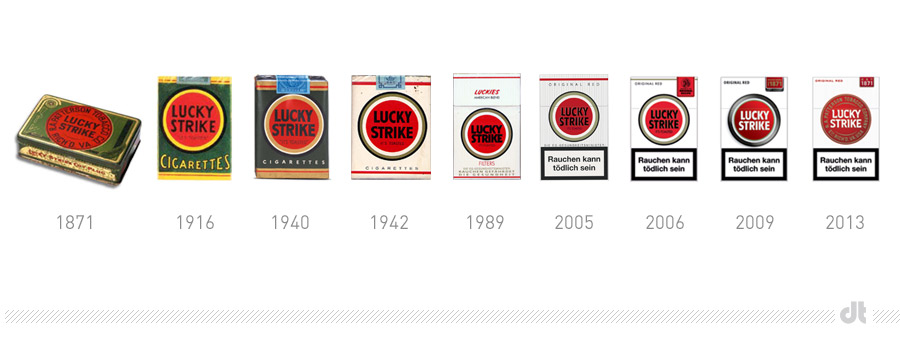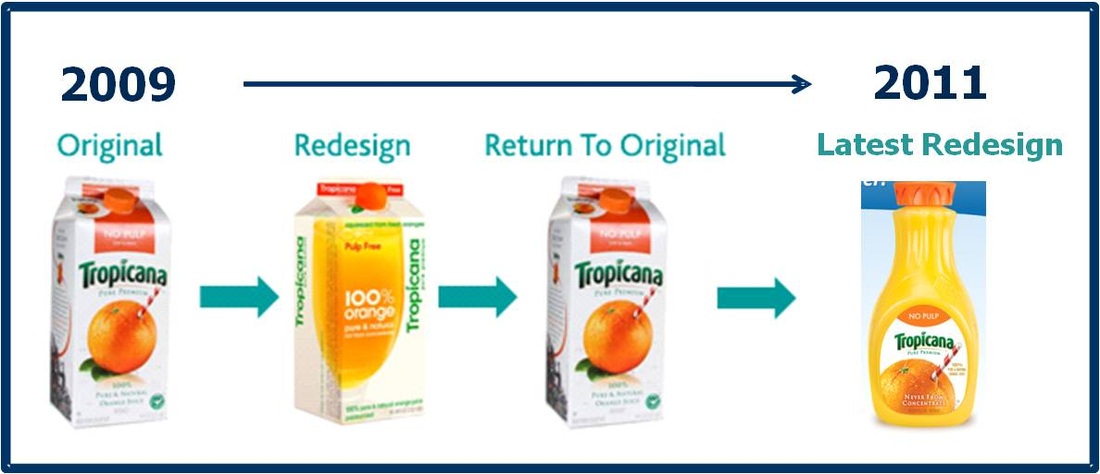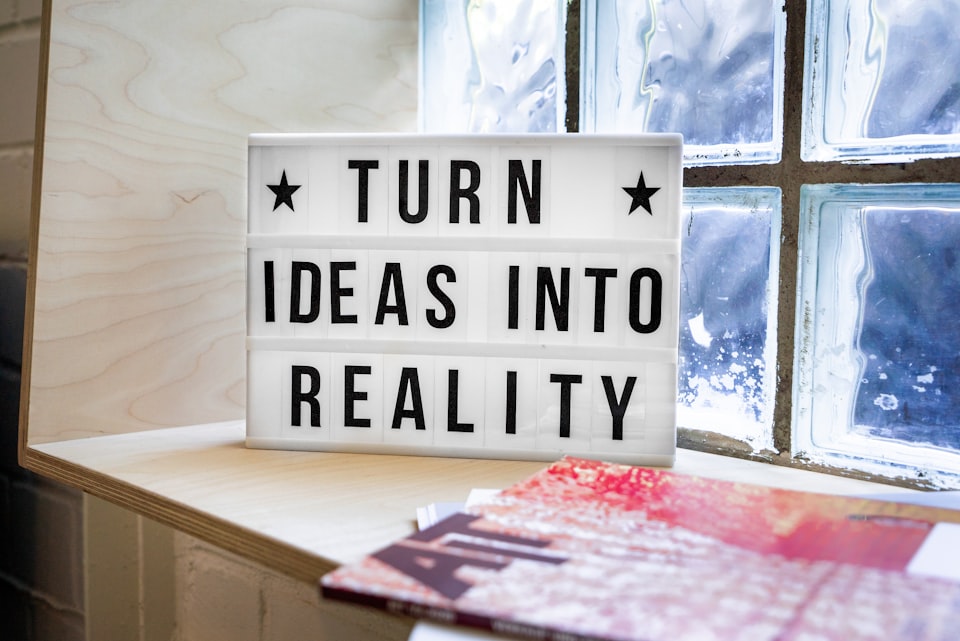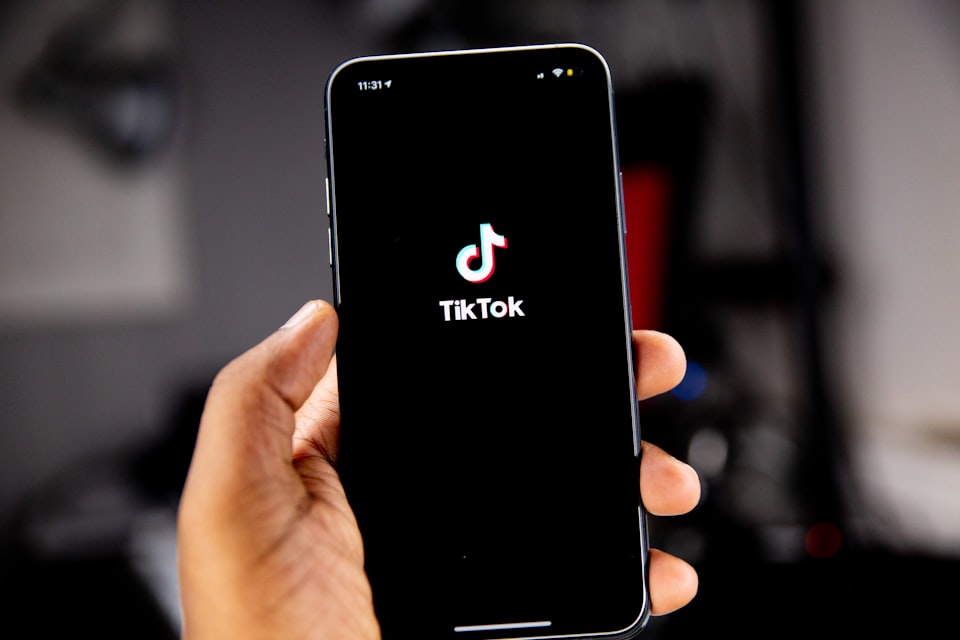100 Reasons Why Changing Your Brand Identity Is Stupid

For this week’s post, I am going back on memory lane to my old days as a brand manager in the evil tobacco business.
It was a tough job; the government set maximum selling prices, banned consumer media advertising, product sampling was unheard of, and habit-induced taste preferences made switching between brands unlikely. But brand identity was very high.
Without any major levers to pull, marketers started inventing consumer needs. Our favorite was the consumer appetite to see a brand-new packaging redesign. In most cases, we did that to cure our marketer boredom. I doubt consumers genuinely wished for a “more modern” brand typeface that made their favorite brand harder to spot on the shelf.

The best method to recognize brands on the shelf is to recall their distinctive assets visually. These are the brand identity and design elements surrounding your brand that generate memory structures in the busy minds of your consumers. Advertising’s role is to show those distinctive assets and build memory muscle continuously. Think years, not days, here.
Altering your distinctive assets frequently is a recipe for confusion and is rarely needed.
Your packaging is one of your most prized distinctive assets, don’t play with it.
The orange juice brand Tropicana learned it hard (read the case study here). But if you are short on time, the bottom line conclusion of the study is “don’t do it”.

Recent Black Lives Matter protests also stirred some ripples in the advertising and brand world. Brands started moving away from images that could generate PR drama, and packaging redesign became trendy again. While in this instance, playing with your packaging to “update” your brand identity could be a wise move, in all other cases, it’s probably not. If it ain’t broke, don’t fix it.
Ten years since I left the tobacco world, I wonder what marketing departments are busy with these days in BAT. In the context of more countries moving to plain packaging with non-distinctive branding communication, marketing teams must get bored with something else.
What could that be?
Think twice about playing with your brand identity.




